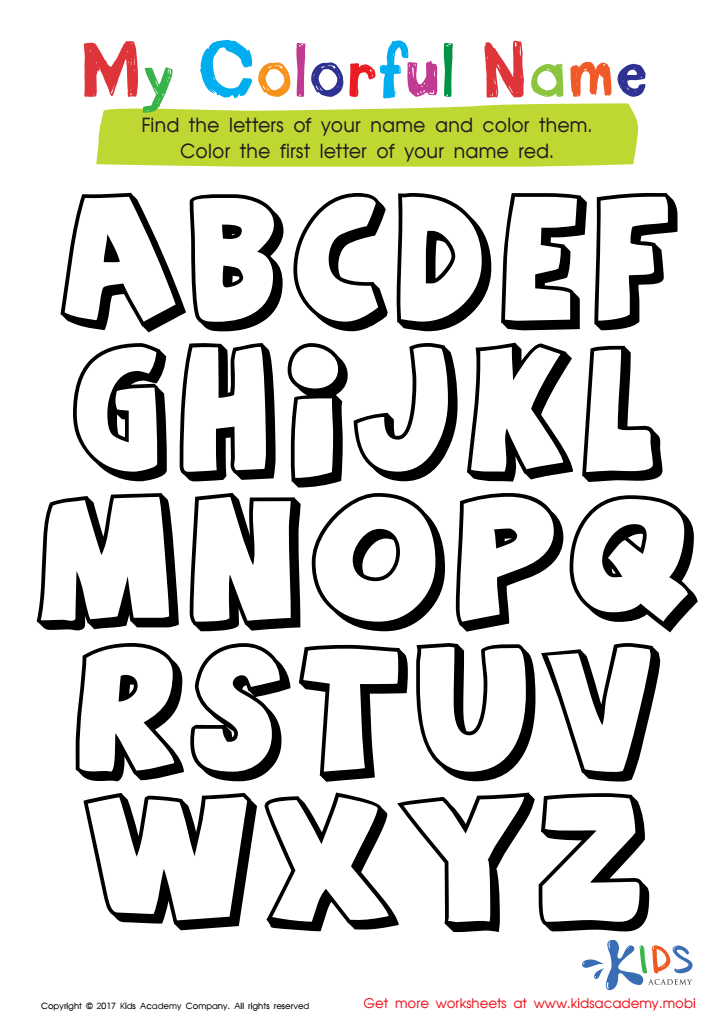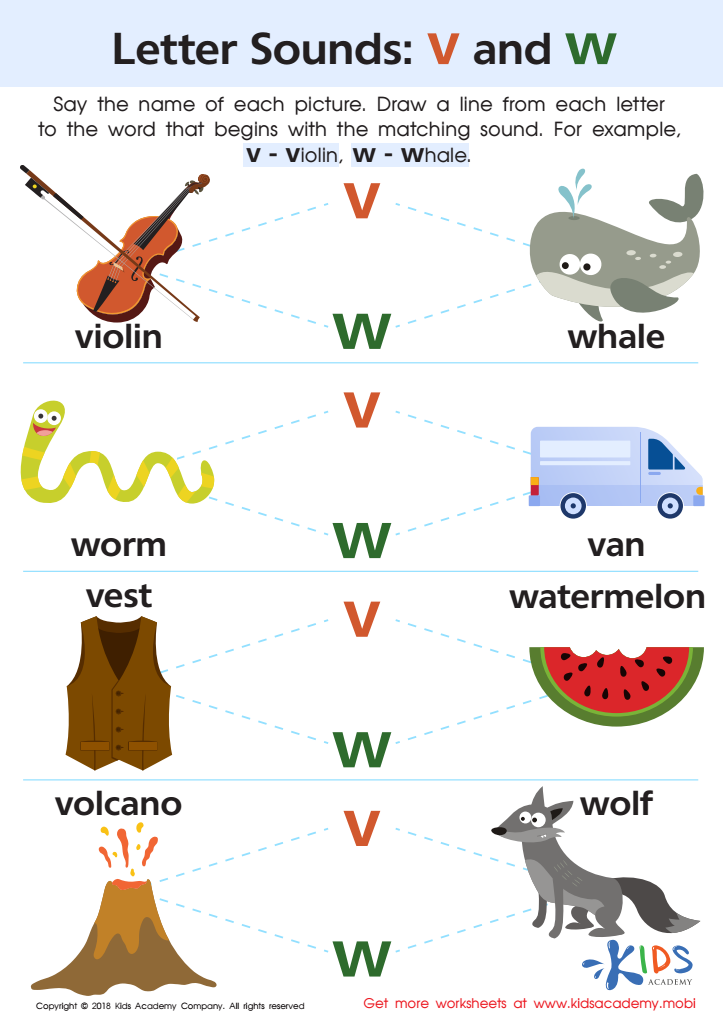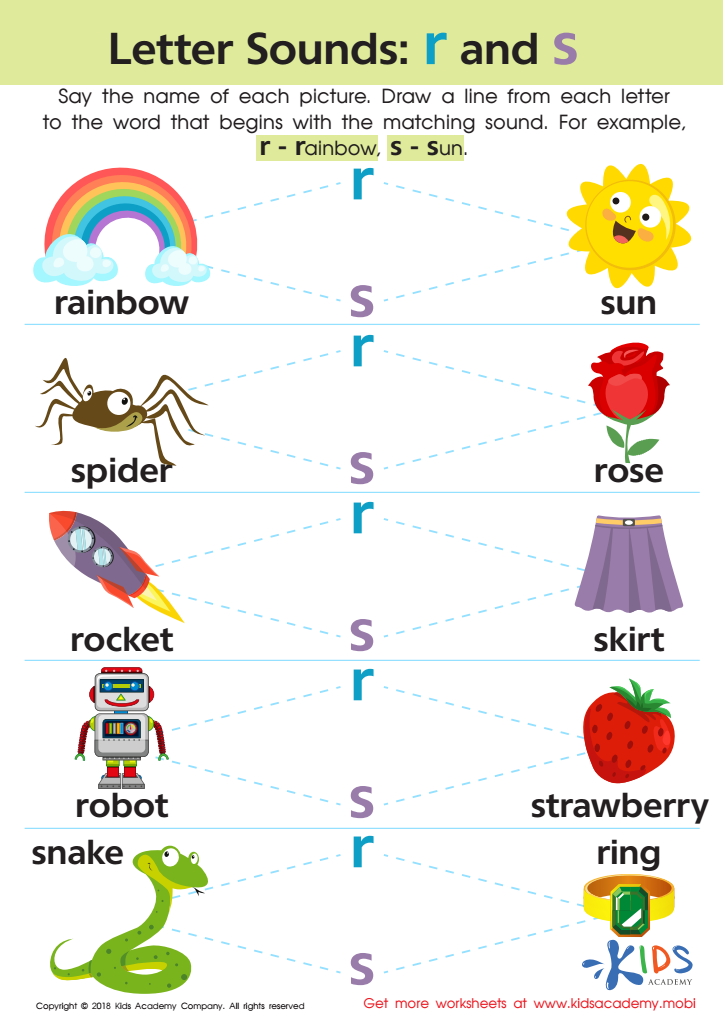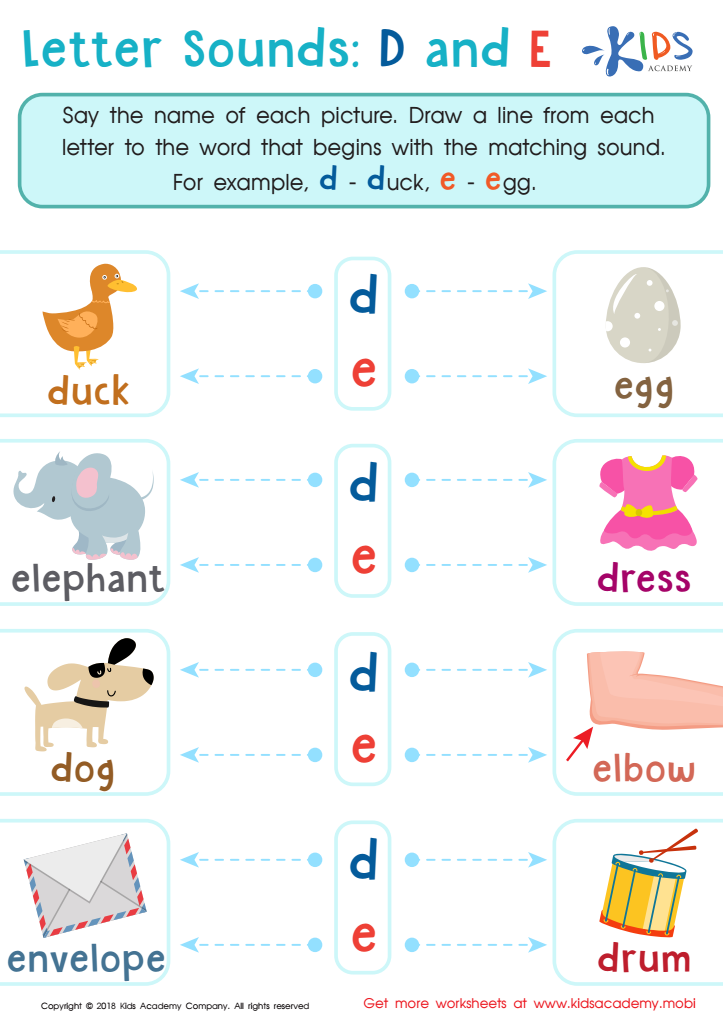Handwriting practice Phonics Worksheets for Ages 4-9
5 filtered results
-
From - To
Boost your child’s literacy skills with our "Handwriting Practice Phonics Worksheets for Ages 4-9." Specifically designed to make learning fun and effective, these engaging worksheets focus on improving handwriting while reinforcing phonics concepts. Each activity targets fundamental skills such as letter recognition, sound association, and word formation. Perfect for preschoolers and elementary school students, our printables offer a dynamic approach to mastering the alphabet and phonetics. Enhance your child’s reading and writing confidence with every trace, write, and read activity, ensuring they build a strong foundation for future academic success. Download now and watch them excel!


Letter P Sound Worksheet


My Colorful Name Worksheet


Letter V and W Sounds Worksheet


Letter R and S Sounds Worksheet


Letter D and E Sounds Worksheet
Handwriting practice and phonics for children aged 4-9 are fundamental aspects of early education that parents and teachers should prioritize. Handwriting isn't merely about mastering the ability to write neatly; it encompasses motor skills development, eye-hand coordination, and cognitive advancement. Proper handwriting practice aids in transforming abstract thoughts into concrete, readable format and essentially supports children's academic performance by boosting their ability to communicate effectively.
On the flip side, phonics, which is the relationship between letters and sounds, establishes a critical foundation for reading and spelling. Systematic phonics instruction enhances a child's ability to decode unfamiliar words, thus significantly improving their reading skills. Proficiency in reading not only opens academic doors but also enriches imagination, increases knowledge, and fosters a lifelong love of learning.
By intertwining handwriting practice with phonics instruction, children experience a comprehensive literacy journey. As they learn letter formation, simultaneously associating sounds with those letters fortifies both their writing and reading skills. This intertwined practice cultivates more fluent readers and articulated writers, setting them up for future educational success. Therefore, parents and teachers bear a fundamental role in ensuring consistency and engagement in these practices to help establish a robust academic foundation during these crucial formative years.
 Assign to My Students
Assign to My Students



















